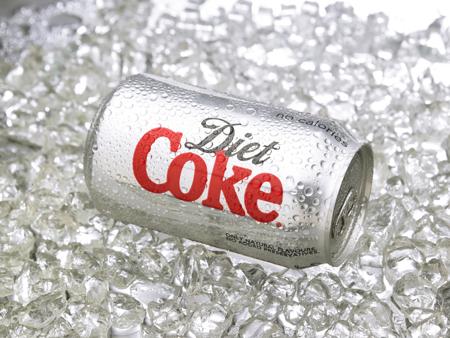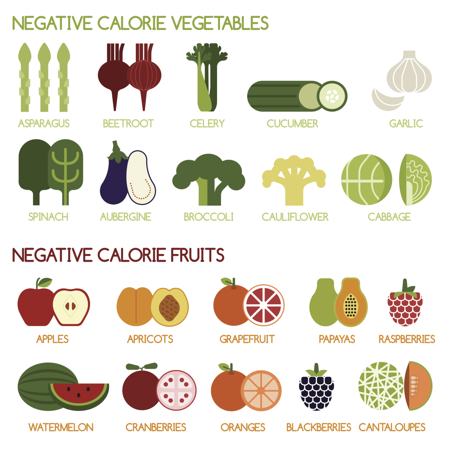1800 Calorie Diabetic Diet Plan
Diabetics need to give special attention to their diet, because they need to control their weight by reducing the intake of carbohydrates and fats. Patients are suggested to consume particular amounts of calories depending on how much weight they need to lose or maintain. Therefore, doctors may often suggest 2000, 1800, or 1500-calorie diets to the patients. In the 1800 calorie diet plan, the calorie intake is restricted to 1800 calories per day.
Carbohydrate counting is an important aspect that needs to be considered while meal planning. Carbs are the main source of glucose in our body. So, restricting carbohydrate intake does not mean completely avoiding carbohydrates. However, you need to keep a count on carbohydrate intake. Another important aspect is the glycemic index of carbohydrates. It indicates the effect of a particular food item on the blood sugar level. Foods with a high glycemic index raise blood sugar levels quickly, and those low in glycemic index (GI less than or equal to 55) have less effect on the sugar levels (thus, benefiting diabetics).
Do not cut down your meals and have regular three meals a day, along with 2 to 3 snacks between meals. Moreover, it is important to keep in mind that diet alone, does not help. You also need to exercise at the same time. You should exercise for at least 30 minutes every day. It isn't necessary to spend several hours in the gym everyday. A 30-minute brisk walk everyday will also do the trick. Exercise not only helps control blood sugar level, but also helps to avoid other health problems like high blood pressure and heart-related problems.
How to Make a 1800 Calorie Diet Plan
Diabetic or not, the eating rules are same for all. Breakfast should always be your heaviest meal. It is in the morning that the body has starved for almost 7 - 8 hours (so the name break-fast), and needs immediate feeding. A healthy breakfast helps you kick start your day and ensures that you do not stuff yourself with food all day. The calorie intake should decrease gradually as the day passes, dinner being your lightest meal. Also, it is necessary that you have six small meals a day, instead of three big ones. This is how you can divide your calorie intake:
Breakfast: (700 calories)
Dairy product + Fruit + Breads + Beverage
Mid-Morning Snack: (100 calories)
Snacks + Fruit juice
Lunch: (500 calories)
Vegetable soup or fruit juice + Meat or Veggies + Breads
Mid-afternoon Snack: (150 calories)
Snacks + Beverage
Dinner: (300 calories)
Breads + Vegetables
Bedtime Snack: (50 calories)
Fruit or snack
Foods Safe for Consumption
Beverages like coffee (black, or with a sugar substitute), unsweetened tea, unsweetened fruit juices, hot chocolate, diet soda, and other low-calorie drinks can be consumed. Fruits that are low in glycemic index include apples, bananas, dates, grapefruit, grapes, orange, peach, pear, prunes, strawberries, raspberries, plums, guavas, and raisins.
Diabetic patients must consume fresh, raw or steamed, roasted or grilled veggies. Vegetables like potatoes, acorn or butternut squash, parsnip, green peas, carrots, yam, broccoli, and corn can be consumed. One can also consume a variety of lentils, and beans like navy beans, pinto beans, chickpeas, soy beans, kidney beans, etc. Breads, grains, and cereals like corn tortillas, whole-wheat and whole-grain breads, whole oatmeal, millet, quinoa, sorghum, barley, buckwheat can be consumed by diabetics.
Meats do not raise the blood glucose level and hence, do not have a glycemic index. One should include at least one lean protein food item at each meal. The meat can be baked, broiled, grilled, or stewed. One must consume low-fat cuts of meat, for example, top sirloin. Other meat options include skinless breast of chicken or turkey, grilled fish, and turkey bacon. Dairy products can include 1% or skim milk, low-fat yogurt, plain non-fat Greek yogurt, non-fat sour cream, frozen low-fat yogurt, and fortified soy milk. Fats like salad dressings, vegetable oils, margarine, low-fat mayonnaise; and nuts like almonds, cashews, pecans, and peanuts can be included.
Sample 1800 Calorie Diet Plan for Diabetes
For successful control of blood sugar level with the help of 1800 calorie diabetic diet plan, a proper planning of the food items to be consumed, is necessary. Here is a sample diet plan for a day that can help you design your own 1800 calorie diet plan.
Breakfast Menu Calories 1 slice of cantaloupe 65 3 slices of whole grain toast spread with 1 tbsp margarine each 390 2 boiled eggs 150 1 medium apple 100 Mid-morning Snack Menu Calories 1 small banana 100 Lunch Menu Calories Green salad that includes cucumbers, carrots, etc. 81 Vinegar with olive oil (1 tbsp) 119 Chicken sliced breast (½, not roasted) 143 Cooked rice, 1 cup 166 Mid-afternoon Snack Menu Calories 10 almonds 80 1 orange 70 Dinner Menu Calories 2 oz. broiled salmon with lemon 180 100g yams (baked or boiled) 120 Bedtime Snack Menu Calories 100g cherries 50 Total Number of Consumed Calories = 1800
If you are unsure of the meal options mentioned above, you may try out recipes, as per your preference. It is recommended that you consult your dietitian or physician, before following this diet plan. Every person has different nutritional needs, and hence, the diet plan differs from person to person.
Disclaimer: This article is for informative purposes only and does not in any way attempt to replace the advice offered by an expert on the subject.
Related Articles
-
Is a 1000 Calorie Diet Safe?
A 1000 calorie diet (yes, you read that right) is one of those fad die
-
1200 Calorie Diet Plan
We are extremely concerned about calories when on a weight loss progra
-
Best Negative Calorie Foods
Negative calorie foods are the foods that require more energy or calor
-
Low Calorie Recipes
Apart from strict exercise regimes, you have another easy and tempting
-
Negative-calorie Foods: Is it a Myth or Fact?
Did You Know?Diligently following a very low calorie diet (VLCD) can r
-
1000-calorie Diet Menu for 7 Days
Disclaimer: This article is for informative purposes only and does not

